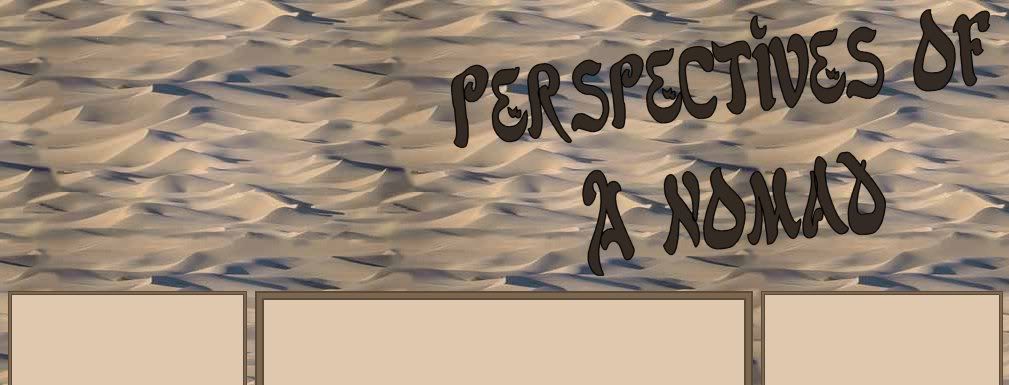Tuesday, February 28, 2006
The Conflict between the West and the Middle East: Conclusion
First post in the 10 Greatest Dangers to the Western World Series
Part 5
The rift between the Middle East and the West is growing rapidly, and is showing the potential to become this generation’s version of the cold war. The division between these two cultures is predicated on a lack of acceptance of the religious theocracies commonly found in Muslim societies; whether that is due to misinformation and a campaign of fear from the Western governments or because of a general lack of communication between actual members the two communities.
This lack of understanding has led to two distinct conflicts: a conflict between “Diaspora” Muslims and their host communities, which is a conflict primarily based on a push for equal treatment within their communities, and a second conflict between various Islamic leaders and the imperialist leaders of the West, this conflict either being a conflict to stop Western Imperialism and the destruction of Islamic theocracies or a conflict to expand the Muslim communities and spread Islam throughout the world, depending on your perspective.
These conflicts have different manifestations in different locals. In the US, tensions between the greater Muslim community and the Judeo-Christian populace are minimal, but growing rapidly. The conflict in the US has more to do with our imperialist practices, and enemies that attack here will be coming from afar. This is not the case in Europe, where the largest battle is with the Muslim populace, who has tired of European discrimination. England gets the worst of both worlds, being both imperialist and having a largely anti-Islamic society. And Israel remains a front line in the second conflict, and as such their own conflict with the Palestinian people is consistently aggravated.
Through the rhetoric of our governments, these conflicts have now taken on a personal nature, as mistrust and hatred runs rampant between the two communities. The growing division between the two people is exacerbating the first conflict, and helping our opponents in the second conflict ally with the greater Muslim community. In this way, we feed into the developing situation, and act as a catalyst for future chaos between the two communities. Similarly, by working to dispel these myths, and better understand the Muslim community, each of us can help avoid a larger conflict.
This conflict may be the single largest issue faced in our lifetime, and the resolution of it may be protracted or may be swift and brutal. Either way, the growing rift between Islam and democracy, between the Middle East and the West, represents one of the biggest threats to Western society today.
technorati tags: Conflict, West, Middle, East, Danger, Jew, Jewish, Christian, Judeo-Christian, Terror, Terrorist, Diaspora, imperialist, women, Muslim, Islam, Israel, Iran, Syria, Iraq, Islamophobia, democracy, moral, freedom, Ahmadinejad, al-Assad, Mohammed, Cartoon, Arafat, bin, Laden, al-Zawahiri, exploitation, exploit, Cuba, power, Cold, War, China, Russia, Slavery, Hussein, Islamaphobic, Sharia, Europe, al-Qaeda, United, States, Bush, Cheney, Canada
10 Greatest Dangers to the Western World Series
Part 1: Overview
Part 2: The Validity of the Muslim Theocracy
Part 3a: Two Distinct Conflicts – Conflict between Diaspora Muslims and Host Country
Part 3b: Two Distinct Conflicts – Conflict between various Muslim Leaders and Western Imperialism
Part 4: Muslim Compatibility with Western Society
Part 5: Conclusion
Posted by Scottage at 12:51 AM /
| |



